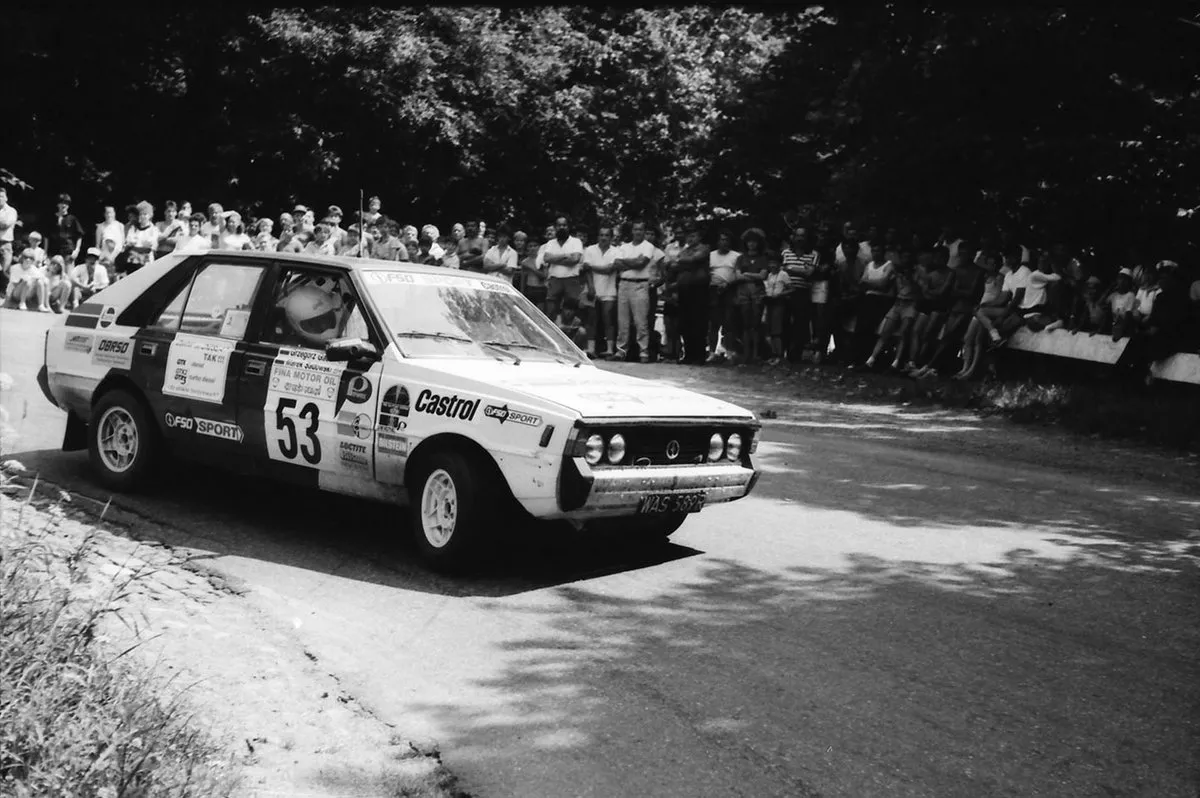PROJECT MEDUSA
The idea began with a simple thought: restoring an iconic Polish car from the 1980s — the FSO Polonez. A familiar shape, a piece of automotive heritage, something that carried stories from another era.
But as soon as the idea appeared, it began to evolve.
And with it came questions.
How much of the original should remain?
What would this car look like if it were designed today?
Would a redesign be enough to capture its essence?
And if the goal is to create something meaningful… why not start from scratch?
This is where Project Medusa was born — at the intersection of heritage and possibility.
What began as a restoration idea quickly grew into something larger:
a journey into the fundamentals of automotive design, engineering, and emotion.
An attempt to understand what makes a machine feel alive.
Project Medusa stays close to its initial spark, but it isn’t limited by it.
The original inspiration acts as a compass, not a blueprint.
This car will be shaped from the very beginning with one priority: the driving experience.
Not measured in numbers or specifications, but in feeling —
how the machine responds, how it communicates, how it connects with its driver.
Every line, proportion, and mechanical decision should strengthen that connection.
Balance is the goal: between power and control, emotion and precision, heritage and modernity.
And the truth is, the final form of Project Medusa is still unknown.
It will emerge gradually, as each design choice, each engineering experiment, and each step of learning pushes the project toward its eventual shape.
This uncertainty isn’t a limitation — it’s part of the philosophy.
The process is transparent and evolving, documenting how ideas form, shift, and sharpen over time.

FSO Polonez 1600C
fot. Jiří Jermakov
